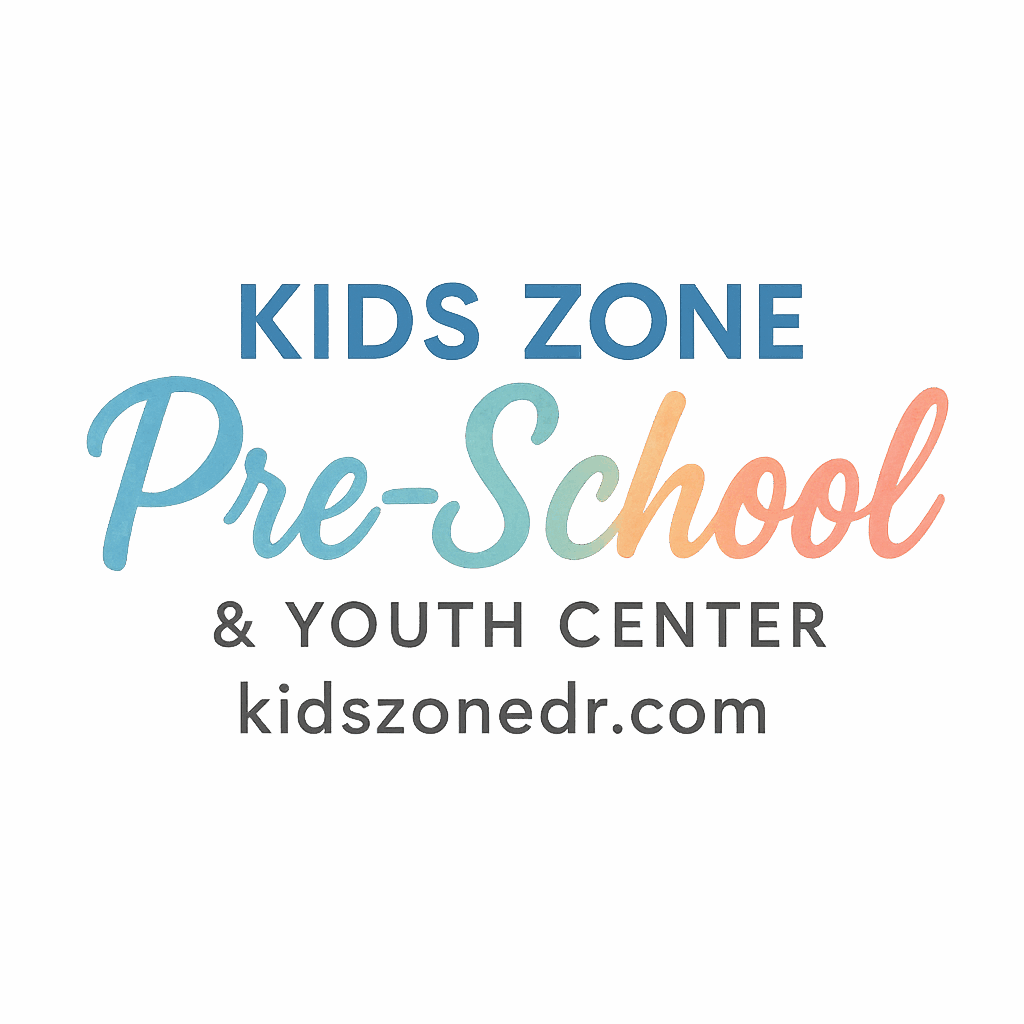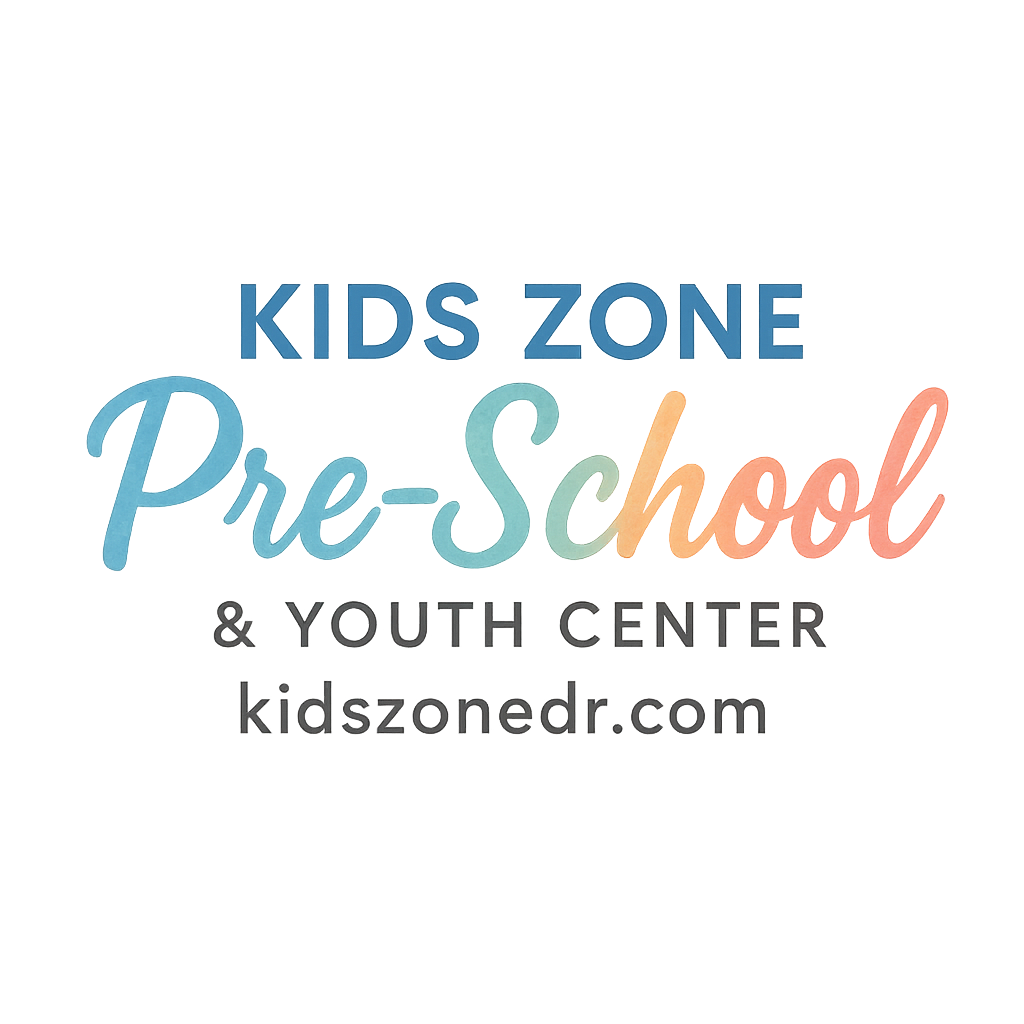Introduction
Choosing a preschool or youth center for your child is one of the biggest parenting decisions you’ll ever make. It’s not just about picking a place where your child spends a few hours a day—it’s about laying the foundation for their growth, learning, and confidence. But here’s the truth: many parents unknowingly make mistakes that can affect their child’s development.
In this guide, we’ll explore the 8 most common preschool and youth center mistakes parents should avoid—and more importantly, how you can make smarter choices for your little one’s future.
Why Choosing the Right Preschool or Youth Center Matters
When you think about preschool, it might just seem like playtime, ABCs, and snack breaks. But in reality, early childhood education plays a huge role in shaping your child’s personality, habits, and learning style.
The Role of Early Childhood Education in Development
Preschool is where children start building critical life skills—social interaction, problem-solving, self-confidence, and even healthy routines. The right environment encourages curiosity and a love for learning.
Long-Term Impact on Kids’ Growth
Studies show that children who attend quality preschools are more likely to perform better academically, develop emotional intelligence, and adapt easily to structured environments later in life. Simply put—this is where growth begins.
👉 Read more about choosing the right preschool.
Mistake #1: Ignoring the Importance of Research
A lot of parents fall into the trap of picking the nearest preschool or the one that’s most affordable. While convenience and cost matter, they shouldn’t be the only deciding factors.
Relying Only on Location or Cost
Imagine choosing a restaurant just because it’s close by, without checking the food quality. Would you risk it? The same goes for preschools. Your child deserves more than “good enough.”
How to Evaluate Preschool Features
Look into the programs, teacher qualifications, safety standards, classroom size, and daily routines. Visit in person, talk to staff, and don’t be afraid to ask tough questions.
👉 Explore key preschool features before deciding.
Mistake #2: Overlooking Daily Routines and Activities
Children thrive on structure. A preschool with no clear routine is like a house without a foundation—it won’t hold up for long.
Why Structure and Schedules Are Key
Daily schedules help children feel safe and secure. They know what to expect, which reduces anxiety and boosts confidence.
The Role of Balanced Activities
A good preschool mixes play, learning, creativity, and rest. If the program is all academics or all play, it can harm your child’s balanced development.
👉 Learn more about daily routines and activities.
Mistake #3: Neglecting Health and Safety Standards
Health and safety aren’t optional—they’re non-negotiable.
What to Look for in a Safe Preschool
- Secure entry and exits
- Trained staff for emergencies
- Clean, child-friendly classrooms
- Proper supervision at all times
Wellness, Nutrition, and Healthy Eating Habits
Snack time isn’t just about filling stomachs—it’s about building healthy eating habits. Does the school promote balanced meals, or do they hand out sugary treats daily?
👉 Read more on health and safety in preschool and healthy eating.

Mistake #4: Underestimating Parental Involvement
Some parents think once they drop their child off, the job is done. But preschool works best when parents and teachers work as a team.
Why Guidance and Involvement Shape Development
Parental involvement builds consistency. If your child learns one thing at school but gets mixed signals at home, confusion follows.
Volunteering and Engagement in Preschool Life
Helping out at events, attending parent meetings, or even sharing feedback strengthens your child’s preschool journey.
👉 Learn more about parental guidance and involvement and volunteering.
Mistake #5: Ignoring Social and Emotional Growth
Academics matter, but emotional development is just as important.
Building Confidence and Independence
Children need space to make small choices, solve problems, and try things on their own. Confidence is like a muscle—the more they use it, the stronger it gets.
Encouraging Kids to Talk and Express Themselves
Whether it’s through storytelling, role play, or conversations, kids need chances to develop communication skills.
👉 Check out resources on confidence and child talk.
Mistake #6: Not Asking the Right Questions
Parents often assume they know enough, but preschools can differ greatly.
What Parents Should Ask Before Enrolling
- How do you handle discipline?
- What’s your teacher-to-student ratio?
- How do you track milestones?
- What’s the approach to learning—play-based or academic-heavy?
How Questions Reveal Hidden Insights
The answers show whether the preschool aligns with your values and expectations. Don’t be shy—this is your child’s future.
👉 Explore common questions parents should ask.
Mistake #7: Overlooking Transition Support
The first day of preschool can be exciting—and terrifying.
Preparing for the First Day of Preschool
Some schools offer orientation sessions or allow parents to stay for a short time to ease the transition.
Handling Separation Anxiety with Care
Tears are normal, but teachers and parents can work together to build comfort.
👉 Read more about handling the first day smoothly.
Mistake #8: Forgetting Long-Term Development Goals
Preschool isn’t just about today—it’s about preparing kids for tomorrow.
Tracking Milestones and Habits
Parents should regularly check progress reports and communicate with teachers to track growth, milestones, and habits.
Supporting Continuous Learning Beyond Preschool
Encourage curiosity at home with reading, play, and exploration. Learning doesn’t stop when the school bell rings.
👉 Discover more about kids’ development, habits, and milestones.
How to Avoid These Mistakes as a Parent
Building Partnerships with Teachers
See teachers as allies, not just caregivers. A strong parent-teacher partnership benefits your child more than anything else.
Staying Consistent at Home and School
Consistency is key. If routines, discipline, or values are too different between home and school, kids can get confused.
👉 Learn more about preschool learning and development.
Conclusion
Choosing the right preschool or youth center isn’t about perfection—it’s about being intentional. By avoiding these 8 common mistakes, you give your child the best chance to thrive emotionally, socially, and academically. Remember, it’s not just about today’s decision; it’s about building a foundation for your child’s lifelong love of learning.
For more resources, visit KidsZoneDR.
FAQs
1. What’s the biggest mistake parents make when choosing a preschool?
The biggest mistake is not doing enough research and choosing based on convenience instead of quality.
2. How important are daily routines in preschool?
Very important! Kids feel secure and confident when they know what to expect.
3. Should parents be involved in preschool activities?
Yes! Involvement helps children see consistency between home and school.
4. How do I know if a preschool is safe?
Check for clear safety policies, secure facilities, trained staff, and proper supervision.
5. How can I prepare my child for their first day?
Visit the school together, talk about what to expect, and keep goodbyes short and positive.
6. What role does nutrition play in preschool learning?
A healthy diet boosts focus, energy, and emotional stability—critical for learning.
7. How can I support my child’s learning at home?
Encourage reading, ask questions, and create routines that match what they learn in preschool.


